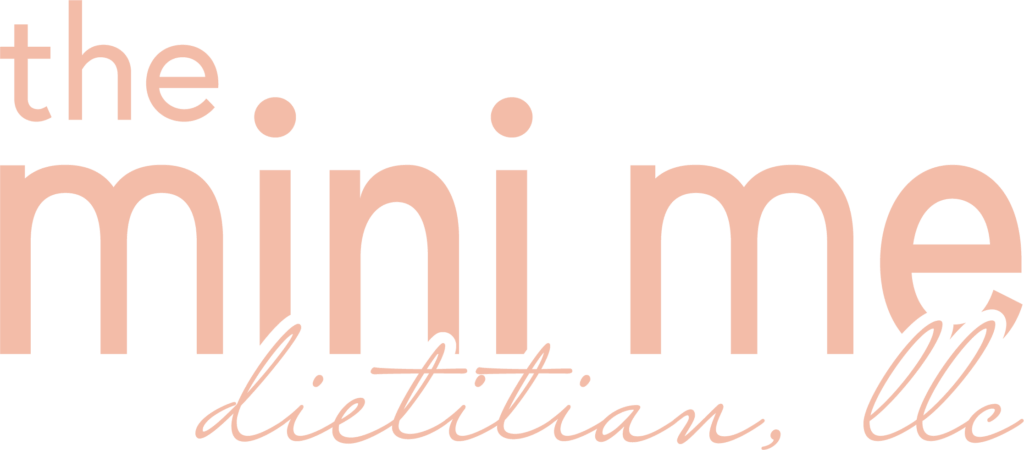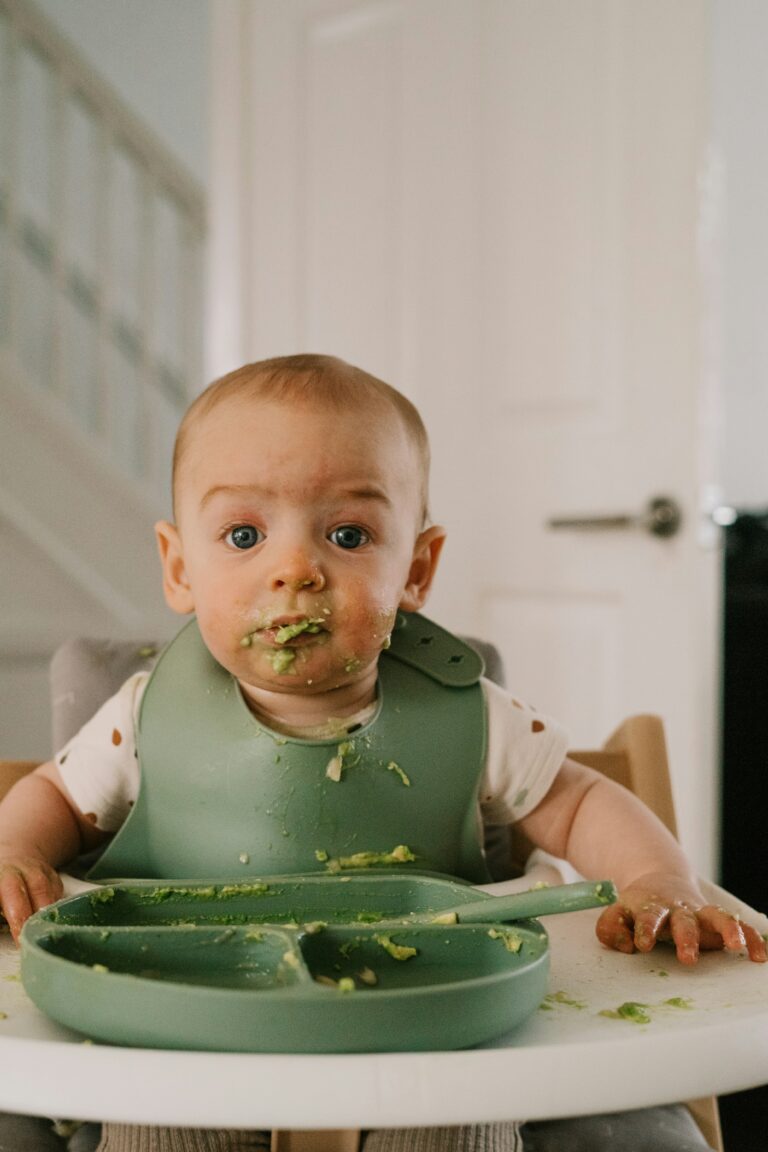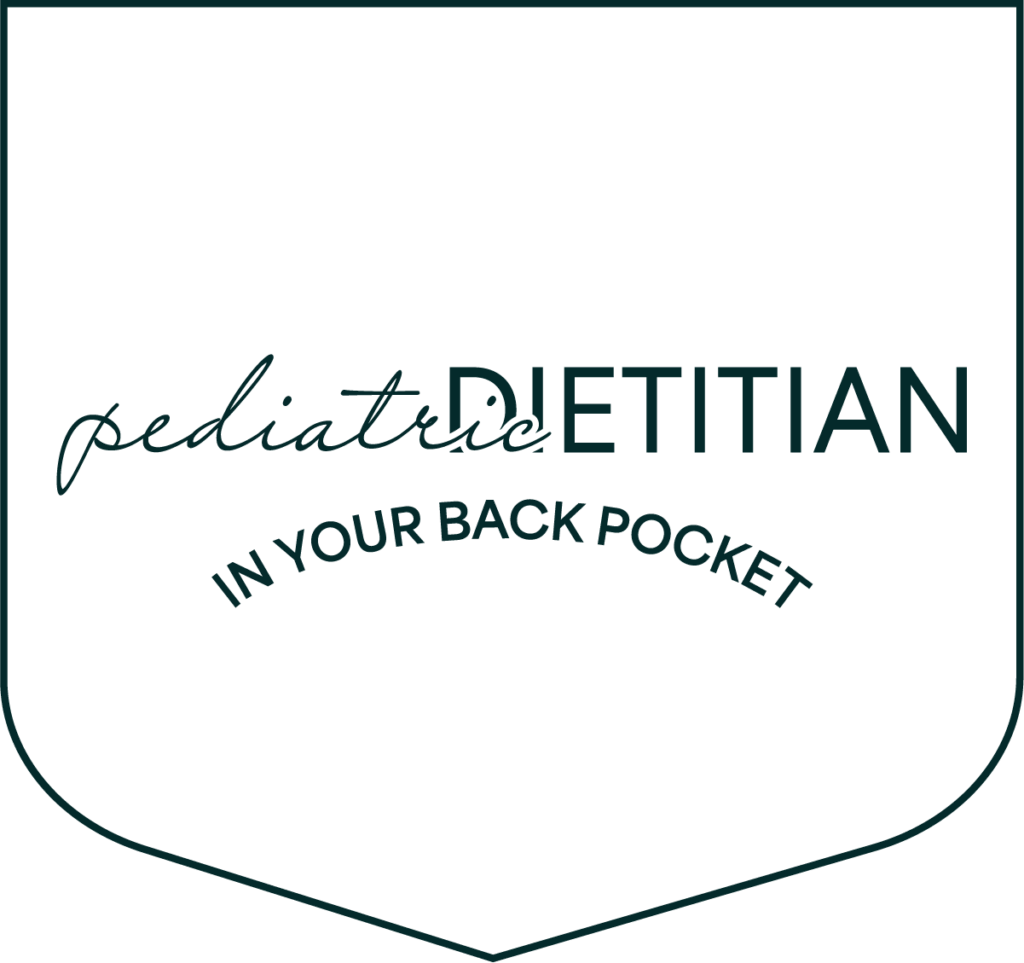Let’s talk about one of the most exciting and sometimes super confusing milestones of early parenthood…starting solids! If you’re feeling unsure of where to start, you are so not alone. In this post we are going to dive in to one of the most common questions I hear: “What are the best first foods for my baby?“
Spoiler: it’s not just about the food! It’s about the nutrients, the experience, and helping your baby learn to enjoy mealtimes from the very beginning.
There’s a lot of buzz around what food to start with, should it be rice cereal? avocado? sweet potato? The truth is, it’s less about the specific food and more about what nutrients that food is bringing to the table.
Enter in: iron and fat. These are the two nutritional superstars that every baby needs around 6 months of age, when it comes time to start complimentary food introductions.
Why Iron?
Babies are born with iron stores that are all used up by around 6 months of age. That’s actually why iron-fortified infant cereals are often recommended, because they are fortified with iron. While fortified cereal can have its place, whole foods can offer even more bang for your buck in terms of flavor, texture, and overall nutrition, which is why I’m on the team of starting with real, whole foods.
Think foods like:
- Meats, eggs or lentils
- Beans, tofu, and iron-rich veggies like spinach
- Bonus: Pair them with vitamin C-rich foods like strawberries or cooked bell peppers to boost iron absorption
Why Fat?
Fat is critical for brain development and energy, especially since babies have high energy needs. So don’t shy away from healthy fats:
- Avocado
- Full-fat yogurt
- Butter or olive oil added to cooked veggies (Butter on broccoli is a win!)
More fat = more calories per bite = less pressure on how much your baby eats.
Feeding Is a Relationship, Not a Checklist
Between 6-12 months, solid food is meant to be complementary to breast milk or formula. And here’s a mindset shift that I love reminding parents of: It’s not your job to get your baby to eat a certain amount.
Your job? Offer a variety of nutritious foods, consistently.
Your baby’s job? Decide what and how much to eat.
This helps build trust, reduces pressure, and sets the stage for long-term healthy eating habits. When we come in with expectations of what’s “enough,” it can lead to tension, frustration, or even power struggles at mealtimes and no one wants that!
Build a Simple, Balanced Plate
You don’t have to start with one food at a time or wait multiple days in between new food introductions, either. Unless you’re introducing one of the top 9 allergens. It’s totally okay to combine foods from day one.
A great baby plate includes:
- Protein
- Fat
- Carbs
Just like yours!
Remember: it doesn’t have to be separate “baby food.” You can modify what you’re eating to be safe and age-appropriate for your baby. That’s less work for you and more exposure to real, flavorful meals for them.
Feeding Isn’t Always Linear
Some weeks, your baby might seem super into food. Other weeks, it’s all about milk again. Totally normal! Babies go through growth spurts, teething, and all sorts of developmental changes that affect appetite. Feeding is more of an ebb and flow than a straight line.
“Food Under One Is Just for Fun”
I have to disagree with this common statement. While breast milk or formula still provides the bulk of nutrition, food during this time is also incredibly important for:
- Exposure to textures and flavors
- Developing oral motor skills
- Creating a positive relationship with eating
- Meeting key nutrient needs for growth and brain development
So yes, it should be fun! But it also matters. Remember that mealtimes are learning opportunities, not just about filling up.
What to Avoid Before One
- Honey – risk of botulism
- High-mercury fish – like swordfish or king mackerel
- Added sugars and excess salt
- Undercooked meats or eggs – because baby’s immune system is still developing
Let Them Lead the Way
This stage is about exploration, not perfection. Let your baby self-feed and stop eating when no longer interested. Offer a wide variety of tastes and textures. Don’t stress over the mess. Independence and curiosity at the table are beautiful things to nurture.
And a quick word about picky eating, what looks like “picky” may just be age-appropriate behavior. One day they love peas, the next day they won’t touch them. It’s all part of learning. Try not to label your baby as a picky eater. That label can stick and influence how you feed them and how they see themselves. Instead, trust the process, keep offering, and try to keep it pressure-free. Repeated exposure is your best friend!
You’ve Got This
You’re building the foundation for a lifelong relationship with food and that’s something to feel really good about! If you’re looking for more support on the feeding journey, apply to work with me inside The Mini Me Method. You can also check out a list of my free feeding resources if you’re struggling to come up with ideas for your little ones.


